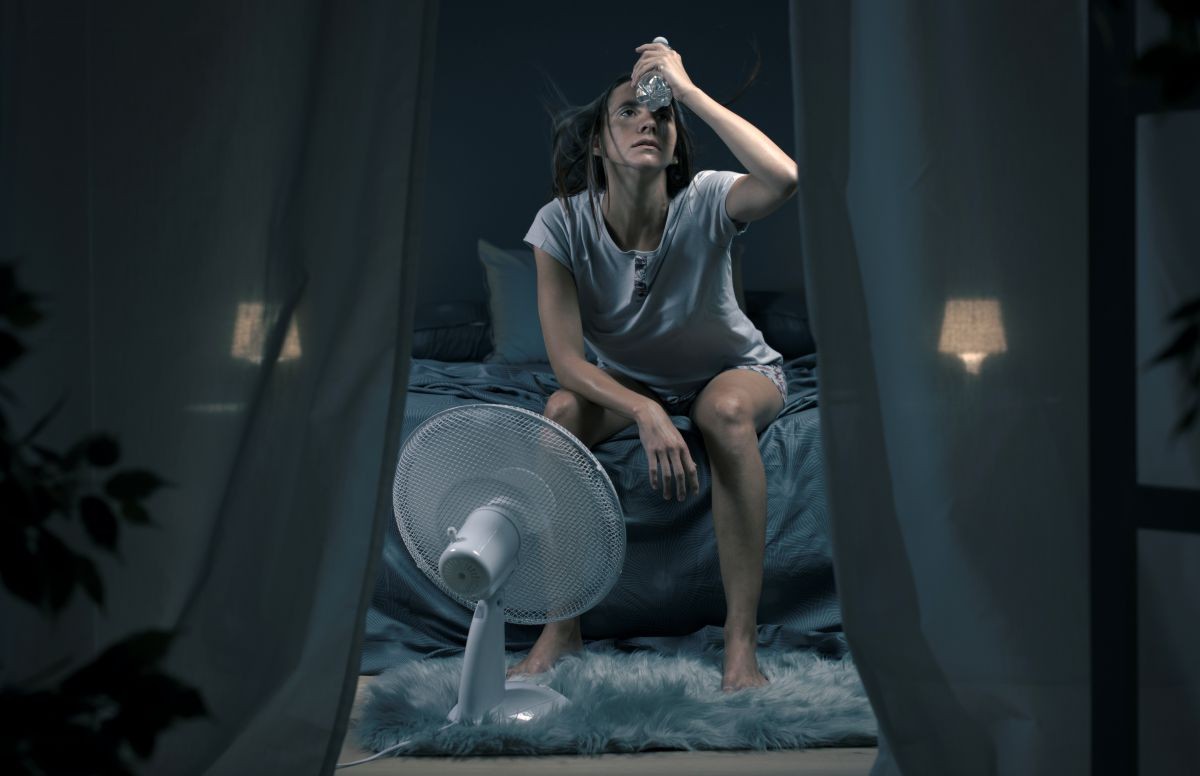Published - Sat, 14 May 2022

HOW TO COPE IN HOT WEATHER - HEAT WAVE
India is one of the world's most
"heat-stressed" countries, and rising temperatures will only make
things worse for those who work outside. In India, heatwaves are common in the
spring and early summer, particularly in May, which is the hottest month. It's
a period of unusually hot weather, often accompanied by high humidity. The
number of spring heat waves is on the rise. Extreme heat can be hazardous to
one's health, even fatal.
"Weakness, faintness, headaches, muscle cramps, nausea,
heavy sweating, and intense thirst are all common symptoms." Heatstroke,
in which the body is unable to cool itself, is a more serious consequence of
hot weather. The person's body temperature rises dangerously high in this
situation.
Keep yourself hydrated at all times to protect yourself from
heat waves. Consume cold & hydrating foods, Take a cool shower every day,
Wear light, loose-fitting clothing, Utilize shade by using hats and umbrellas,
Make sure to get enough rest, Avoid hot beverages and spicy foods, and most
importantly, stay out of the sun, especially between the hours of 12 p.m. and 3
p.m.
Created by
Comments (0)
Search
Popular categories
Latest blogs

All you need to know about Syphilis
Tue, 15 Nov 2022

What is Pemphigus Vulgaris?
Tue, 15 Nov 2022

Know about Scorpion Stings
Sat, 12 Nov 2022

Write a public review